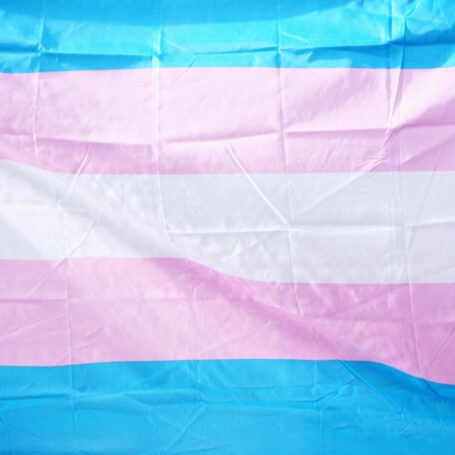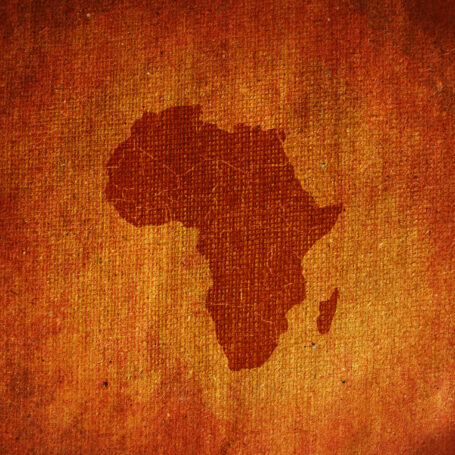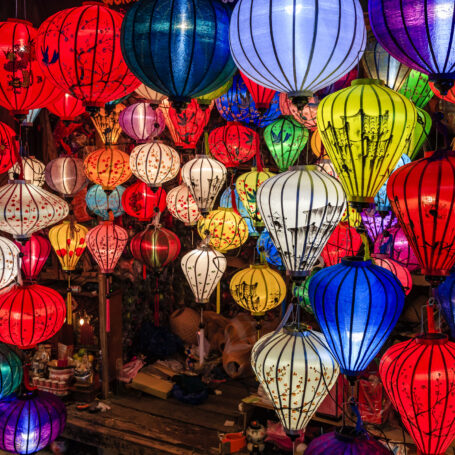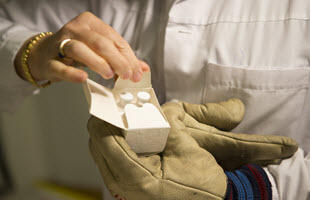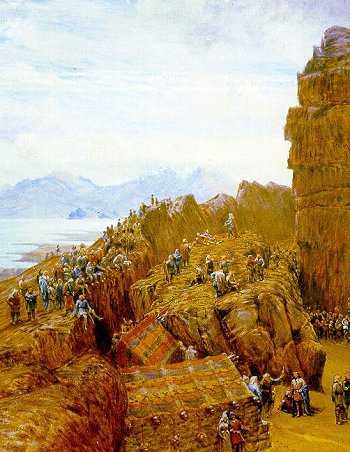 Public Engagement
Public Engagement Civilisation – and Some Discontents
For a variety of personal reasons, I recently found myself on a Sunday night in a hotel room with a limited choice of TV channels. Here in the UK, it is the 60th anniversary of the launch of the BBC’s second terrestrial channel. It is hard in a world of almost infinite streaming to recognize what a big deal this was. Suddenly there were three choices instead of two every evening! Moreover, BBC2 transmitted in colour, which we had never had before in the UK, and had a relatively highbrow mission. The BBC has always been directed to ‘inform, educate and entertain.’ Initially at least, BBC2 was focussed on the first two elements, leaving BBC1 to deliver popular comedy, game shows, soaps and the like. One of its flagship commissions was a series called Civilisation by an art historian, Kenneth Clark. He was a prominent scholar and leading figure in arts administration., with some broadcasting experience making arts programmes for the commercial channel.
The series aired while I was an undergraduate and I missed most of its initial screening and the later repeats on BBC1. In my day, students had other things to do than watch TV… The combined screenings established a large UK audience for high-concept television. The series was also shown on PBS to great acclaim and large audiences. In their time, the programmes were clearly a major cultural event. This impact continues in the BBC’s decision to screen it again as part of the anniversary celebrations for BBC2, although now on its fourth channel.
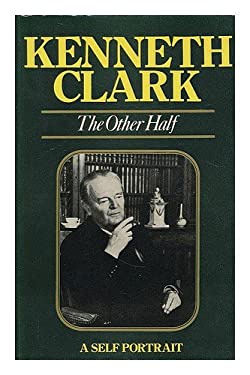
It is certainly a reminder of what used to be possible in terms of information and education on terrestrial television. Clark’s present-day counterparts are expected to entertain as much as enlighten. One of them, Mary Beard, a distinguished classical historian, presented a brief introduction to the rescreening of the first episode. She admired the daring and the visualization but cautioned against the implicit values and the self-confident pronouncements about barbarism and civilisation made by Clark. In the 1960s, a white male historian could speak with authority on matters that would now be contested. In fairness, Clark, himself, would probably have acknowledged this. In the ‘book of the series’ he gives a rather testy response to critics of the omission of non-European societies, noting that it was absurd to think that someone who had played such a leading role in arts policy would be unaware of these. He was, however, working to a commission and a budget, which it later emerged, overspent by about GBP 0.5 million (about GBP 10 million in today’s money).
In some ways, though, it is more interesting to reflect on the way the evidence base itself has changed. Sixty years of scholarship and archaeology have shaken some of the simple narrative of barbarism versus civilisation, and of gallant Atlantic peoples preserving the light in the face of the collapse of the Mediterranean empires. Four topics seem particularly important.
First, it is obvious from the first minutes of the programme that Clark does not have a feel for women’s contributions to art and culture, except perhaps to be decorated by the rich, and richly filmed, jewellery on display. Why would their work on textiles and embroidery not enjoy equal status with the work of the goldsmiths, who are assumed to be male without any specific supporting evidence. Precious metals may survive more easily than fabrics but there are enough examples from the Bayeux Tapestry onwards to glimpse what would once have decorated churches and palaces alike.
The assumption of masculinity can also bring us to reconsider the depiction of the Vikings. Recent archaeology has led to a rethinking of warrior roles, with the discovery of martial grave goods alongside female skeletons. It seems that women also fought in Viking battles, although it may never be possible to say in what numbers. More generally, Clark relies on the Christian narratives of the Vikings as pillagers and rapists. The monks of Northern Europe got to write the stories that recent archaeology has questioned. Clark glimpses this: he clearly does not know what to do with the Icelandic Sagas as products of a society he has labelled as barbarian. But we would now see the Vikings as traders and settlers as much as rampaging warriors. Clark assumes that their metalworkers accompanied chieftains on raids. A few may have done so to make good battle damage to swords and armour but are the tools for working gold and silver really so portable? If you visit the Jorvik Centre in York, you will see a brilliant reconstruction of life in a Viking settlement, whose street plan remains fixed today. Despite the current fashion of TV dramas, it is also questionable whether Viking society was governed by feud and violence to any great extent. My own family name records their administration of government and justice (Ding = thing – important matters; Wall = wald -field: ‘a place where important matters were discussed’ as with Tynwald the governing assembly of the Isle of Man today).
Clark acknowledged the omission of a programme on Spain from the series, mainly because of the budgetary over-run. If he had made this, he would probably have been better able to confront the issues of the confrontation between Christianity and Islam. The latter tends to appear as another barbaric challenge to European civilisation. However, it is hard not to question this when visiting the strongholds of Al-Andaluz in Southern Spain. Cordoba, Granada and Seville were all centres for the production of a culture at least as inspiring as those that Clark does discuss. Indeed, there would be a good argument that the Christians who destroyed this society were the real barbarians. A programme on Spain might also have required Clark to confront the looting of the New World and the destruction of gold and silver artworks by its conquerors. How much did high culture in Spanish art rest on the depredations of the conquistadores?
The ravaging of the Americas rested on developments in navigation and sea power. Clark makes quite a lot of the robust character of the peoples from areas bordering the Atlantic. He paints a picture of civilisation surviving in the remote corners of Europe while waves of barbarians swept across the rest of the Continent. This is certainly the history I learned at school. However, more recent historical and archaeological work has drawn a very different picture. Until well into the 18th century, rivers and coasts were much easier to traverse than land. We have a new picture of trade routes by water, joining estuaries and natural harbours along the Atlantic fringe of Europe as major highways for flows of goods, people, artefacts and ideas. The centre of the Celtic Catholic church is not on the Scottish island of Iona because of its remoteness but because it is in the middle of busy sea routes linking the West Coast of Scotland with the North Coast of Ireland and points beyond.
As a TV series, Civilisation shows us many beautiful images and links them with a compelling narrative. But it is a narrative of its time and place. It is a narrative that many of us grew up with, reinforced by school textbooks and other cultural products. Sixty years later, however, it is also a reminder that our understanding of the past changes, not solely because we re-evaluate it in the moral terms of ‘wokery’ but also as we discover genuinely new things that fill gaps in the written records or reveal the extent to which those records were shaped by the interests and preconceptions of their creators.

